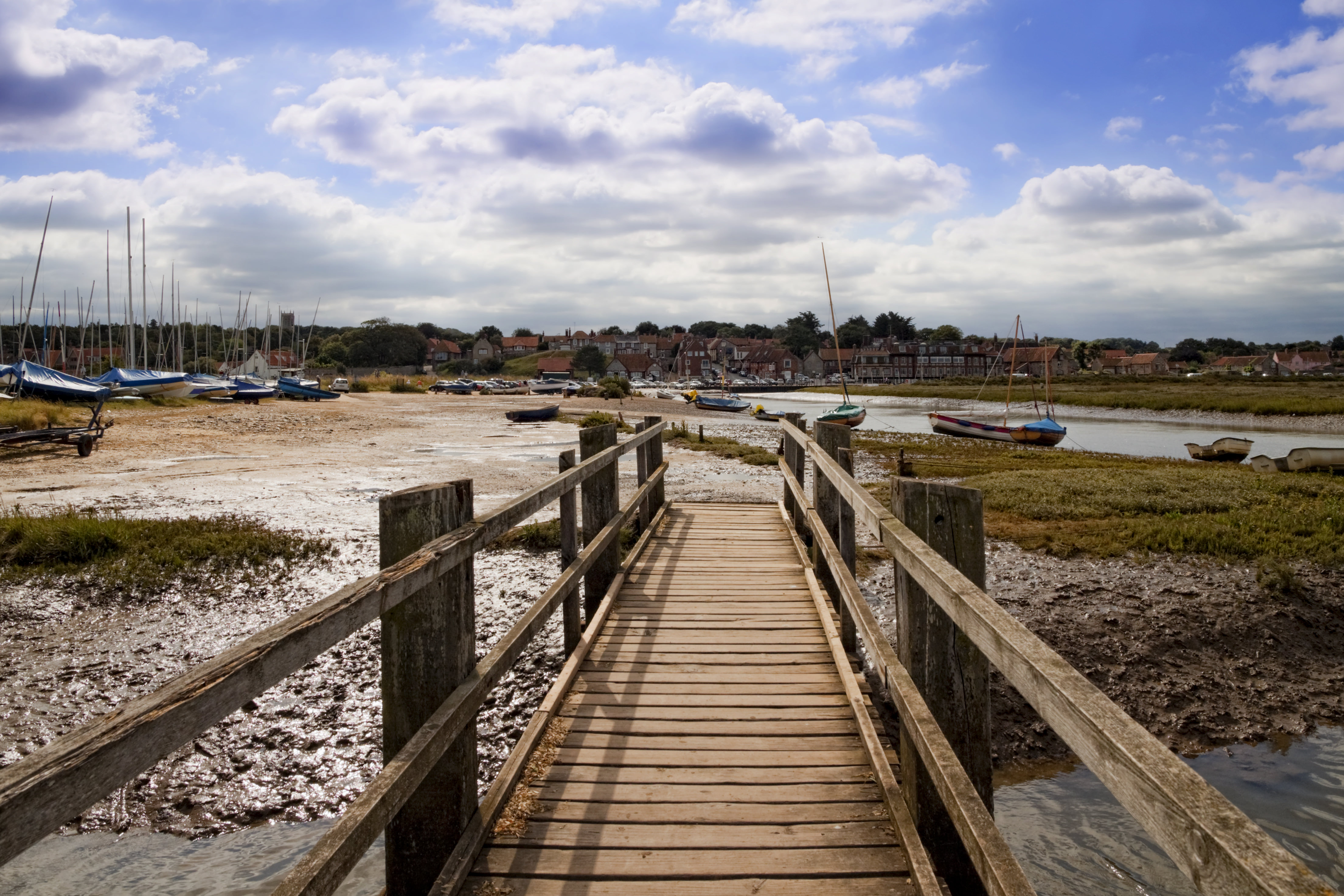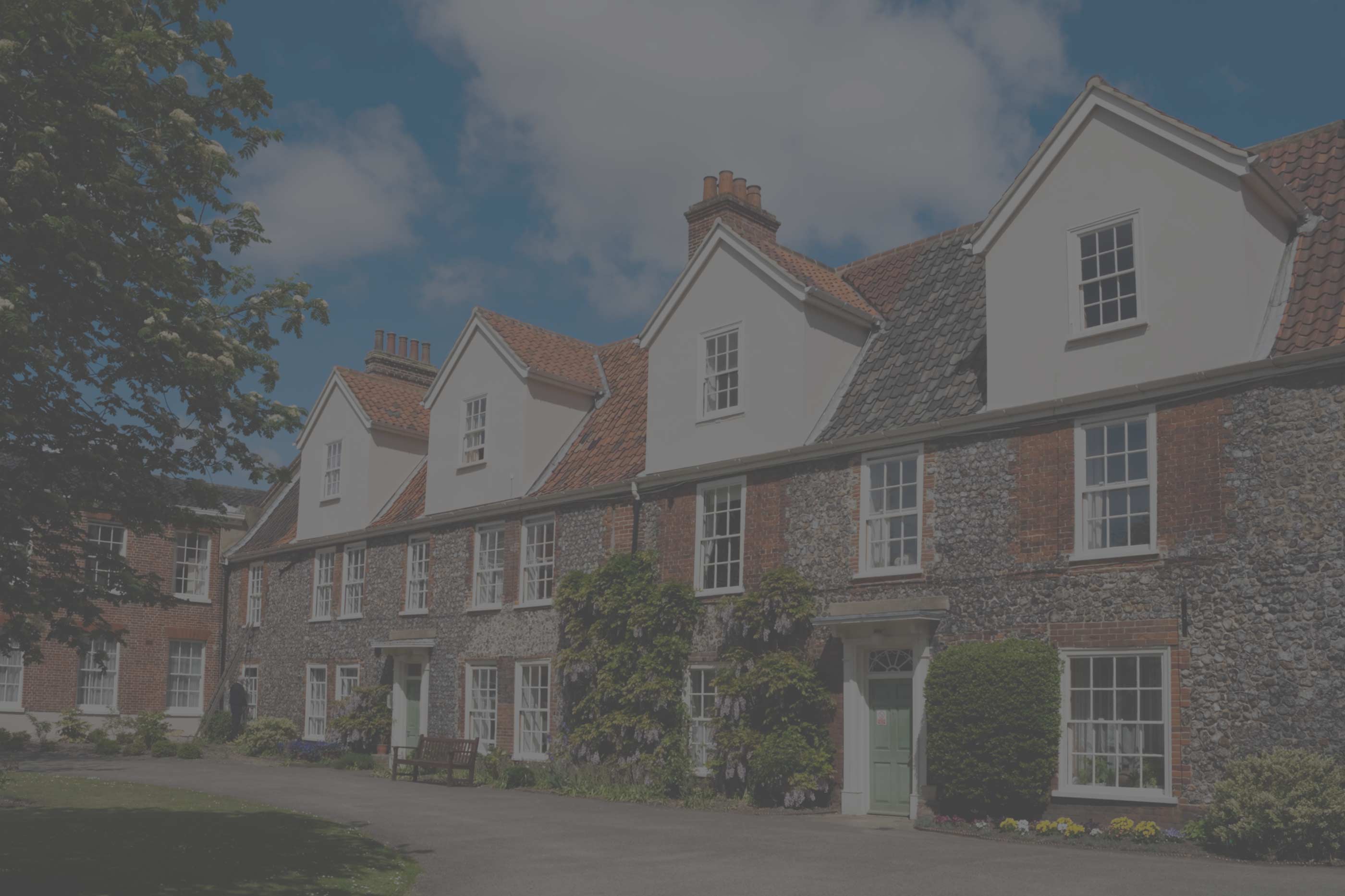
House prices are determined by a variety of factors. Some of these affect the long-term prices, whilst others affect the short term variance of property prices. Identifying and understanding these factors will help you achieve a positive result when you come to buying or selling a property. So let’s take a closer look at these factors and how they relate to properties in Norfolk.
Supply and Demand
As with any product or service that is bought and sold, the supply and demand is the number one factor that will affect the price. With a high demand for houses, the price of the houses on the market will rise. Equally, with low demand, property prices will drop and houses may struggle to sell. Currently, many properties in Norfolk are selling very fast with the asking price being achieved. This is because there is a lack of properties on the market. This can be broken down into more specific areas such as the city centre, the outer city villages, South Norfolk, North Norfolk and the coast. Some of these areas will have higher supply, so property prices may be lower than in other areas of the region. We believe that since the E.U referendum results, there is a backlog of properties across the country as many people are uncertain of what the referendum results will mean for the country’s future and are waiting until things are clearer. With more properties trickling onto the market, it may look like the time has passed to put your property on the market. However, now is still the time as the supply could drastically increase as the UK gets closer to finalising an E.U. exit, pushing down the price of properties.
Interest Rates
Interest rates affect the monthly payments on a mortgage. When interest rates are high, mortgage payments will increase and the demand for houses will drop as fewer people will want to move. This directly relates to our number one factor, supply and demand. Interest rates change nationally, so the price of your Norfolk property will change relative to the nation’s average as interest rates change. You can keep track of the change in interest rates with our weekly mortgage rates comparison.
Location
This may seem like a vague factor; however, it is one of the main factors for varying property prices. There are a number of factors within the properties location that can affect its value. Firstly, the area of the property can impact the price. For example, a report by Lloyds found that properties in market towns were typically worth £25,000 more than similar properties in other towns in the area. This may not apply to Norfolk as much as other parts of the country; however, it is still good to know. Another geographical factor is the amenities in the area with schools and supermarkets being the most valuable. ‘The Waitrose effect’ tells us that living near a Waitrose supermarket could add up to £36,000 to the value of your home. Whilst living near any major supermarket can raise the property value around £22,000. This is also prevalent with high performing state schools, as houses within the catchment area could fetch up to 25% more than similar less well-situated properties. As well as this, properties close to public transport links can add to the property’s value. These have a noticeable effect in Norfolk as the population is wide spread and transport can be limited.
These are the main factors that will impact the properties price; however, there are many other factors that could have an effect. If you’re seeing a change in property prices in your area or an area you’d like to move to and would like an experts insight into the changes, get in touch with Norfolk Property Online! You can reach us on 01603 300900, or by email: [email protected].



Recent Comments